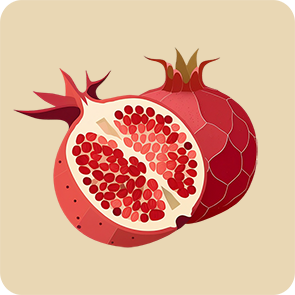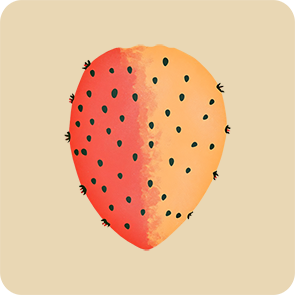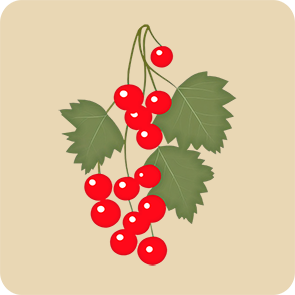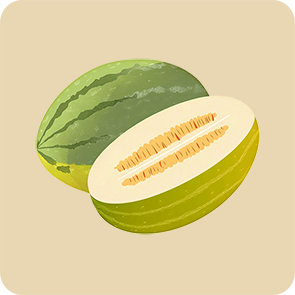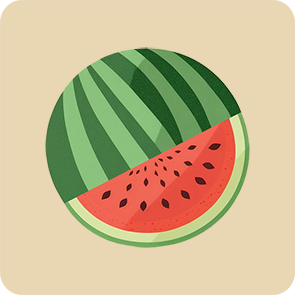
Pineapple

Persimmon

Santa Claus Melon
A type of winter melon with a thick green rind and sweet, fragrant flesh. It’s often enjoyed for its refreshing taste and crunchy texture.
200
1 medium fruit
(800 grams)
CAL
A
Nutri-Score
Low in calories, high in water content, and a good source of vitamins.
Value per 100 grams & per cup (150g):
25 kcal / 35 kcal
Protein
0.6 grams / 1 gram
Fats
0.1 grams / 0.15 grams
Carbohydrates
6.5 grams / 10 grams
Fiber
1 gram / 1.35 grams
Vitamins & Nutrients
- Vitamin C: Supports immune health and skin function.
- Vitamin A: Promotes eye health and cell growth.
- Potassium: Helps regulate blood pressure.
- Magnesium: Important for muscle function and nerve health.
Satiety and Feelings
Santa Claus melon has a very high water content, making it exceptionally hydrating and refreshing. Its mild sweetness and crisp texture make it a perfect light snack or addition to fruit salads.
What does 100 g look like?
About 4-5 slices or 1/2 cup of diced melon.
What does 2000/2500 calories look like?
About 12 melons.
Daily Value per 100 grams %
Did you know?
Origin: Santa Claus melon originates from Spain and is a popular winter melon there, often eaten during Christmas time, hence the name “Christmas Melon.”
Long Shelf Life: Unlike many other melons, Santa Claus melons have a longer shelf life due to their thick skin, which helps preserve them for weeks.
Sweet Flavor: Despite its green exterior, the flesh inside is sweet, juicy, and often compared to a cross between a cantaloupe and cucumber.
- The Spanish call Santa Claus melon “Piel de Sapo,” meaning “toad skin,” because of its rough, green skin.
Drawback ⚠️
Limited Availability: Santa Claus melon is primarily available during the winter months and can be difficult to find outside of its growing season.
High Water Content: While refreshing, the high water content means it can be less filling, making it a less substantial snack for some people.
Not Widely Known: Compared to other melons like cantaloupe or watermelon, Santa Claus melon may not be as familiar to many consumers, making it harder to introduce to new markets.




















































